Published by Joanna | SCOJO New York on Jan 22nd 2022
The holidays are over, the new years resolutions underway and the workforce firmly back at work.
It's January—a cold, dreary month full of drudgery and few celebrations to look forward to. It's not uncommon for many to stay indoors as much as possible, cowed by deep-winter weather and the early-setting sun.
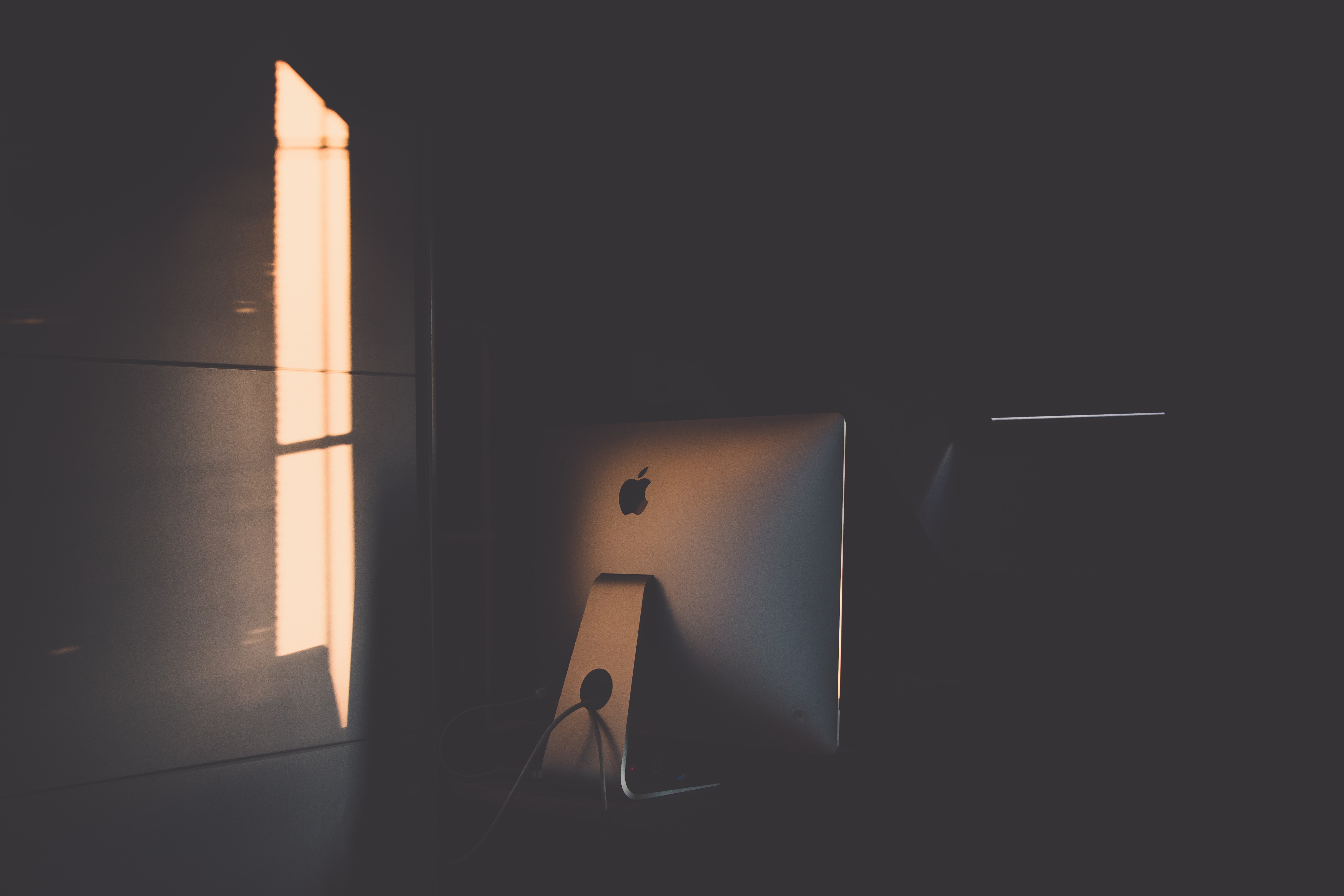
But more time indoors equals more time spent on devices. And by now, we know devices emit blue light. We have, previously, touched on why blue light can be harmful. But what if we told you that not all blue light is created equal—at least, not all the time?
When is blue light beneficial… and when is it not?
Quick physics recap: white light is from a combination of many colors of light—blue, green, yellow, orange, red and more—each with its own unique wavelength and energy.
Blue light is an important circadian indicator. It essentially tells our bodies that it's daytime, and we should be awake. During the day, blue light can increase dopamine, cortisol and serotonin, leading to a better sense of well-being. Blue light is also responsible for mental sharpness: it improves attention and reaction times, and boosts mood. This is great during the day, but at night, when our bodies should be preparing for sleep, blue light sends a confusing and disruptive signal.
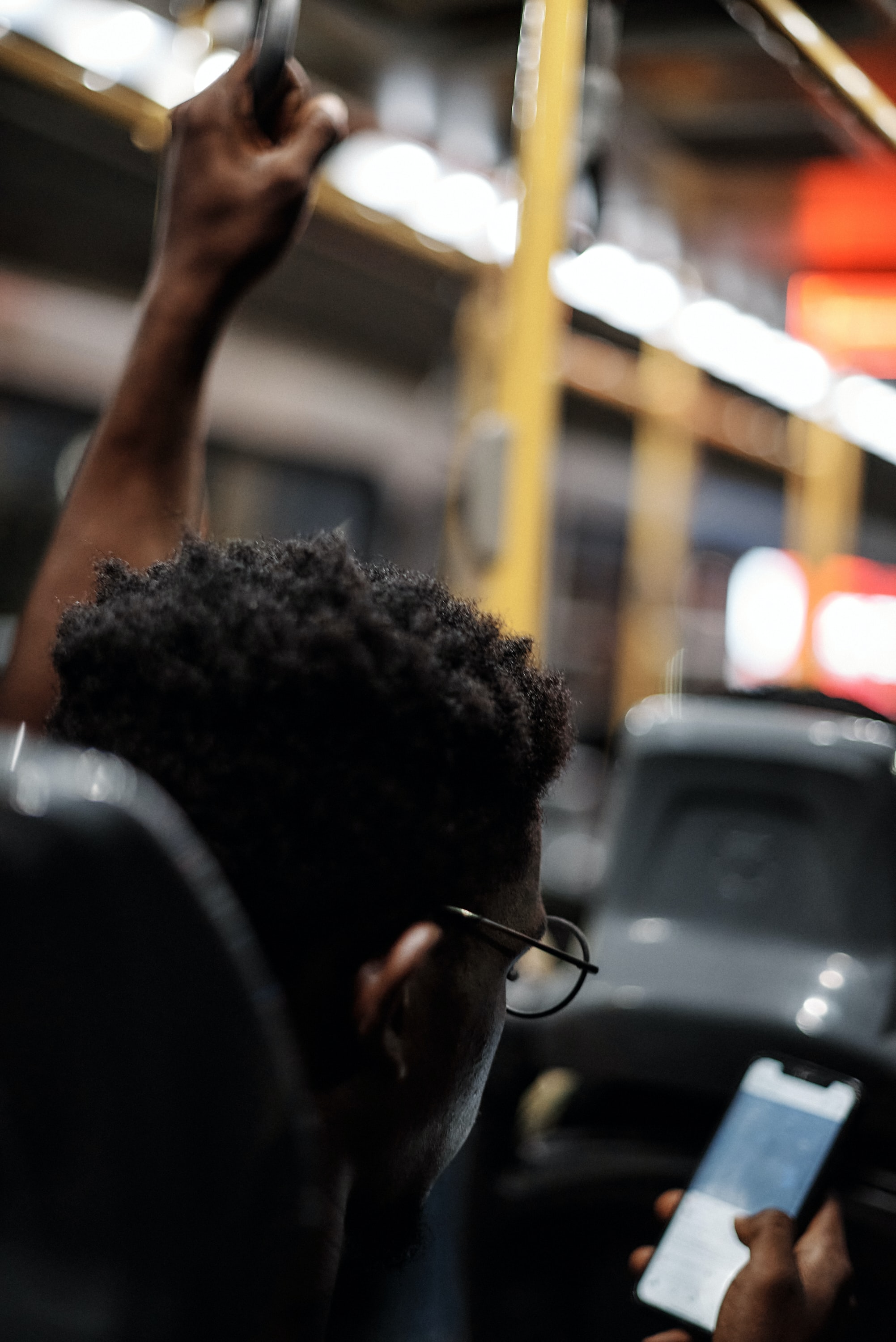
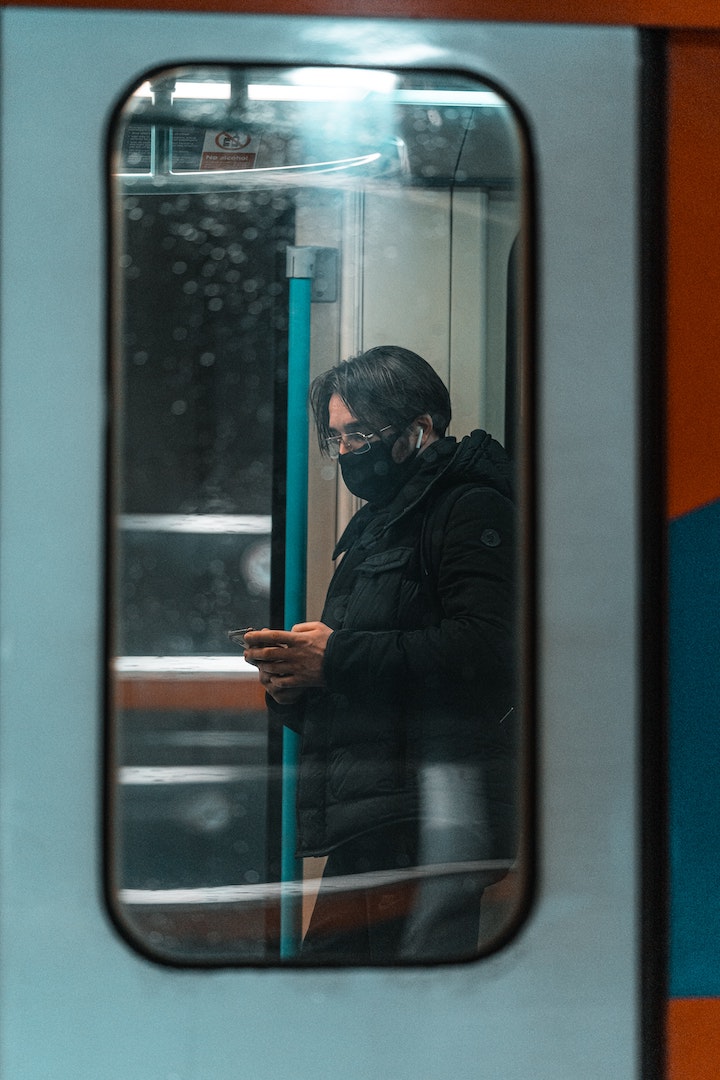
Historically, humans were exposed only to natural sources of blue light—meaning the sun. Blue light exposure simply vanished after dark. But now our homes are filled with artificial blue light sources, like TVs, computers, even the lamps or overhead lights in our homes. We're already over-exposed to blue light year-round, simply from our increasingly digital existence. But it's easy to see how staying indoors for weeks at a time in winter can exacerbate blue light exposure.
How to manage blue light exposure responsibly
Blue light exposure during the day is essential for well-being, especially from natural sources and especially during the winter, when Seasonal Affective Disorder (appropriately abbreviated SAD) is prevalent and blue light can help.
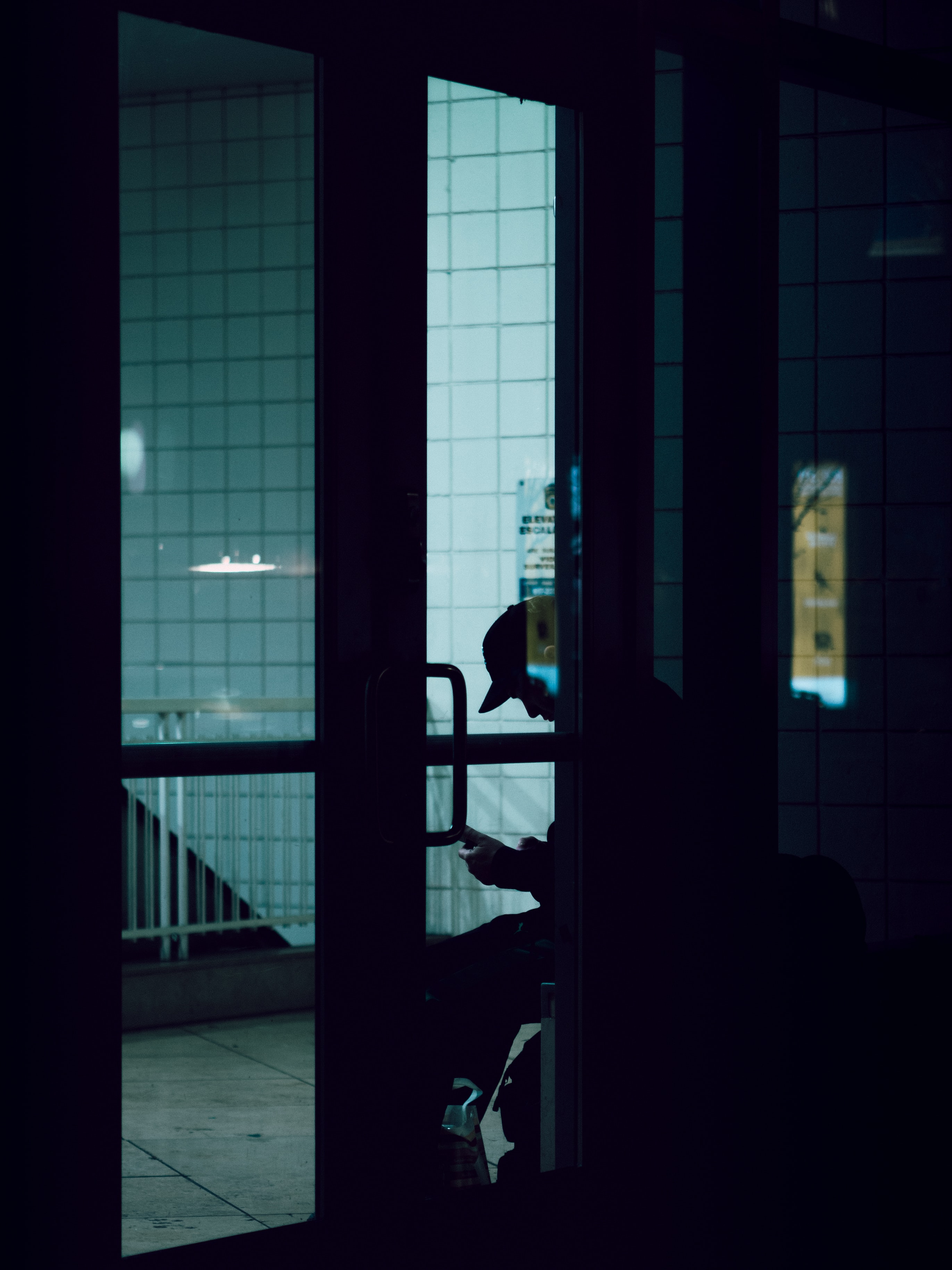
So the name of the game is to minimize exposure to artificial blue light. We've covered ways to do this before, but it comes down to a combination of the right tools and the right habits. Establishing good routines are especially important for evenings and night. And for daytime, our BluLite products can help manage exposure to artificial blue light. The lenses filter out a range of blue light wavelengths—about 60% of blue light in the 400-420 nm wavelength range, 75% in the 430-460 nm range and 80% at the 465-500 nm range. These make BluLite glasses perfect for working hours, especially if you're an online worker with a hefty workload and can't always step away from your computer.
Our filtering technology comes built right into our optical-grade lenses, meaning that when you shop our BluLite collection, you're guaranteed clear vision, high quality and blue light protection all at once. And with our wide range of show-stopping products and wide variety of stylish designs, there's no need to sacrifice fashion for function.
So go ahead. Feel good, look great, and be kind to your eyes with a pair (or two, or three) of BluLite glasses.
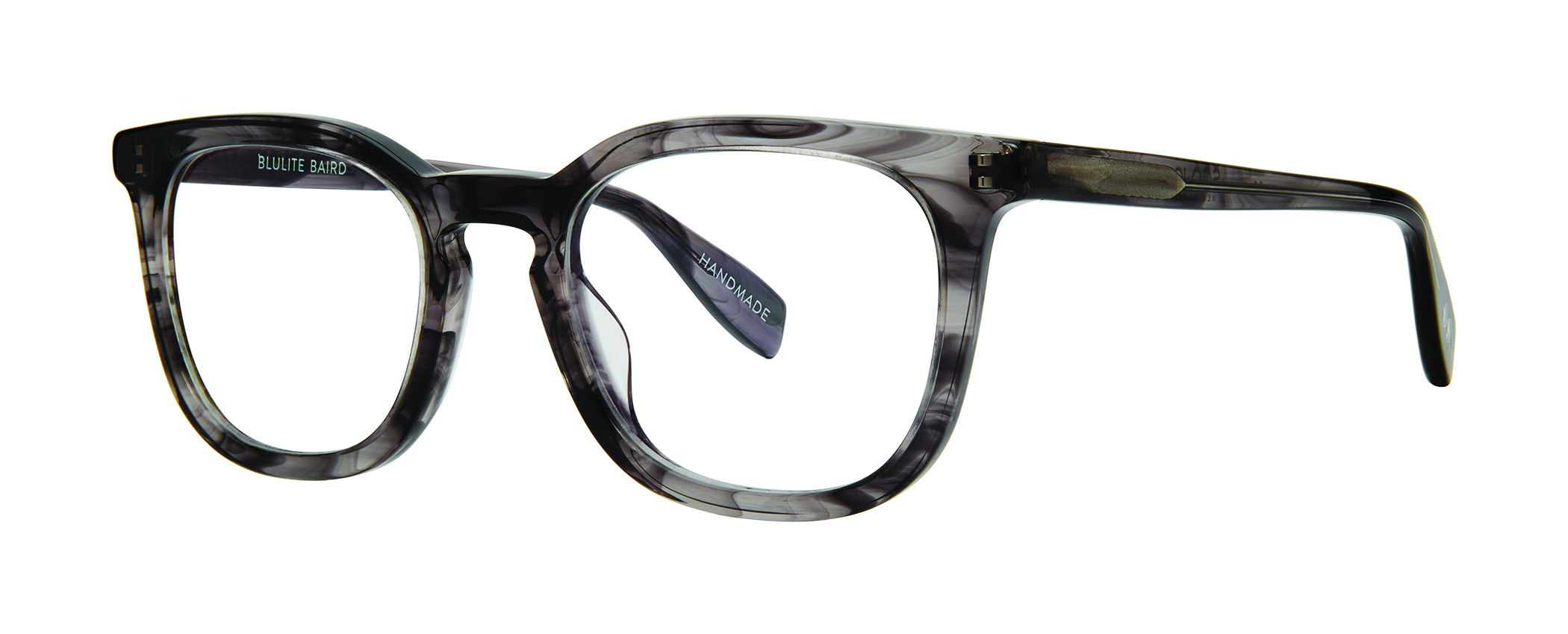
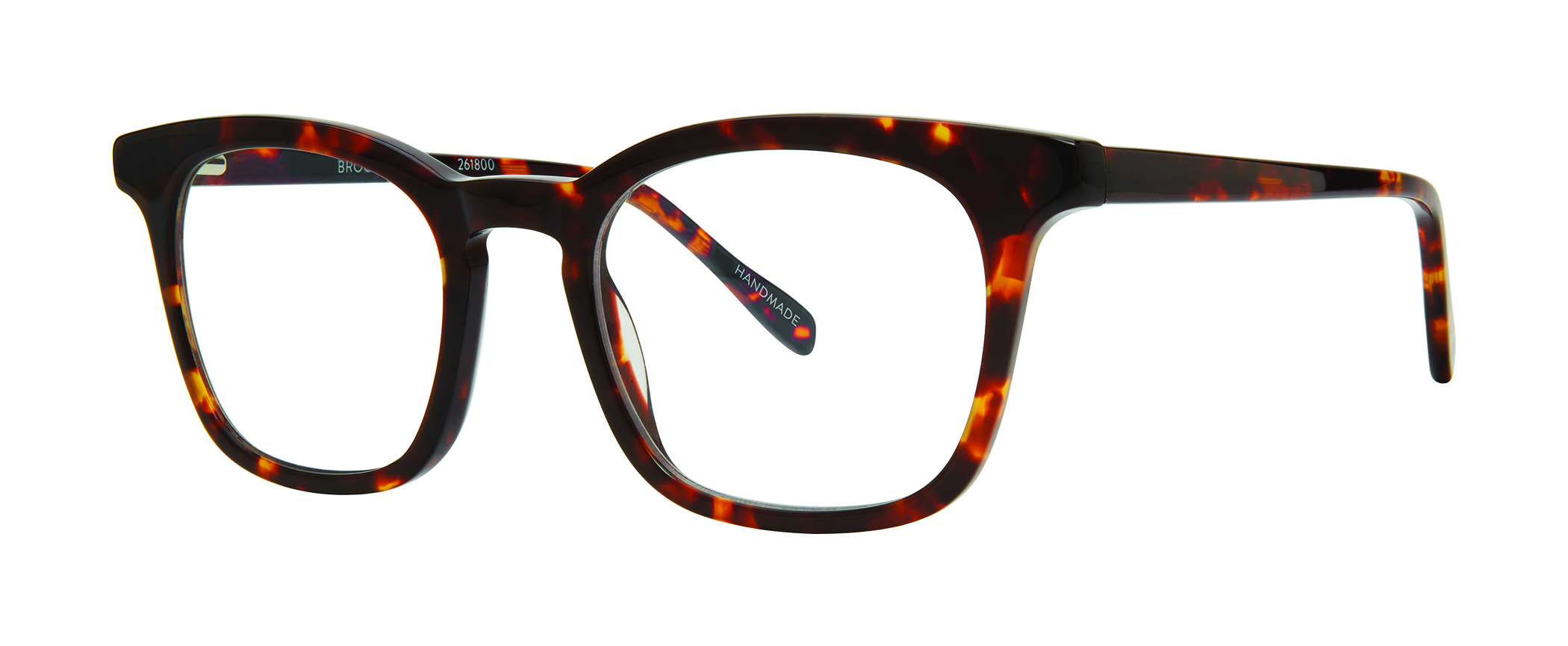
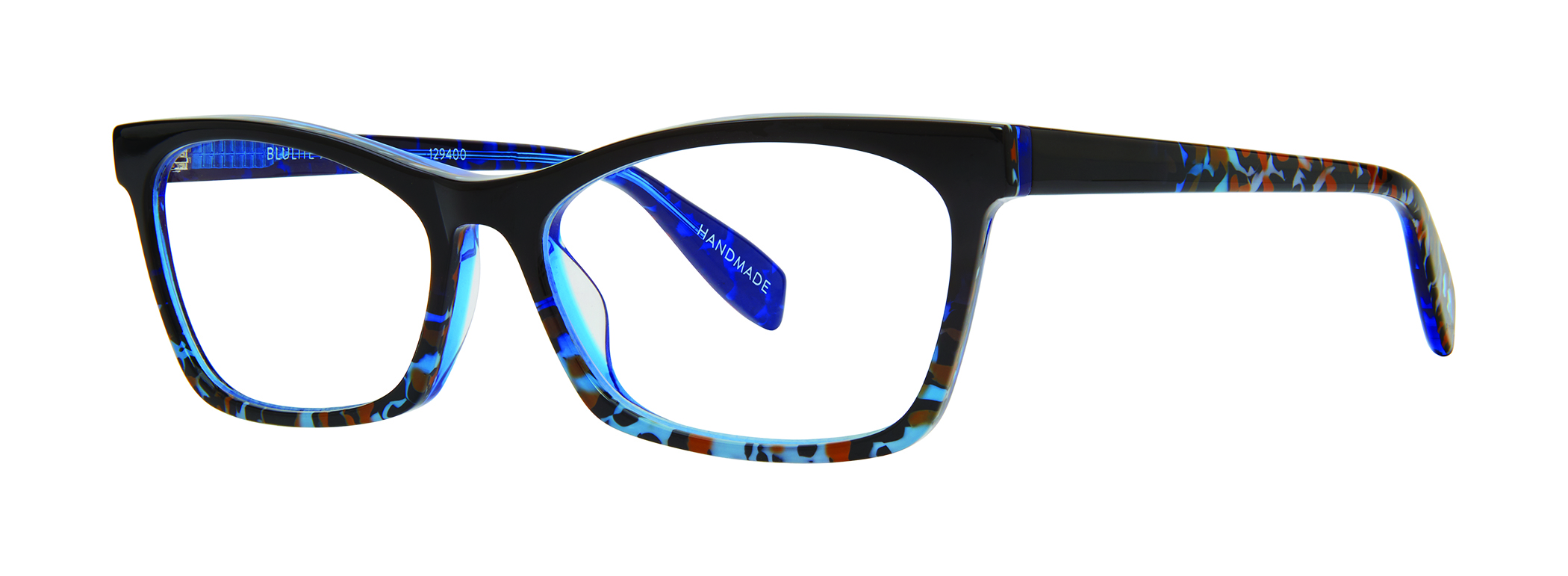
Shop the latest color additions to our BluLite Collection: Baird, Broome, Augustine

